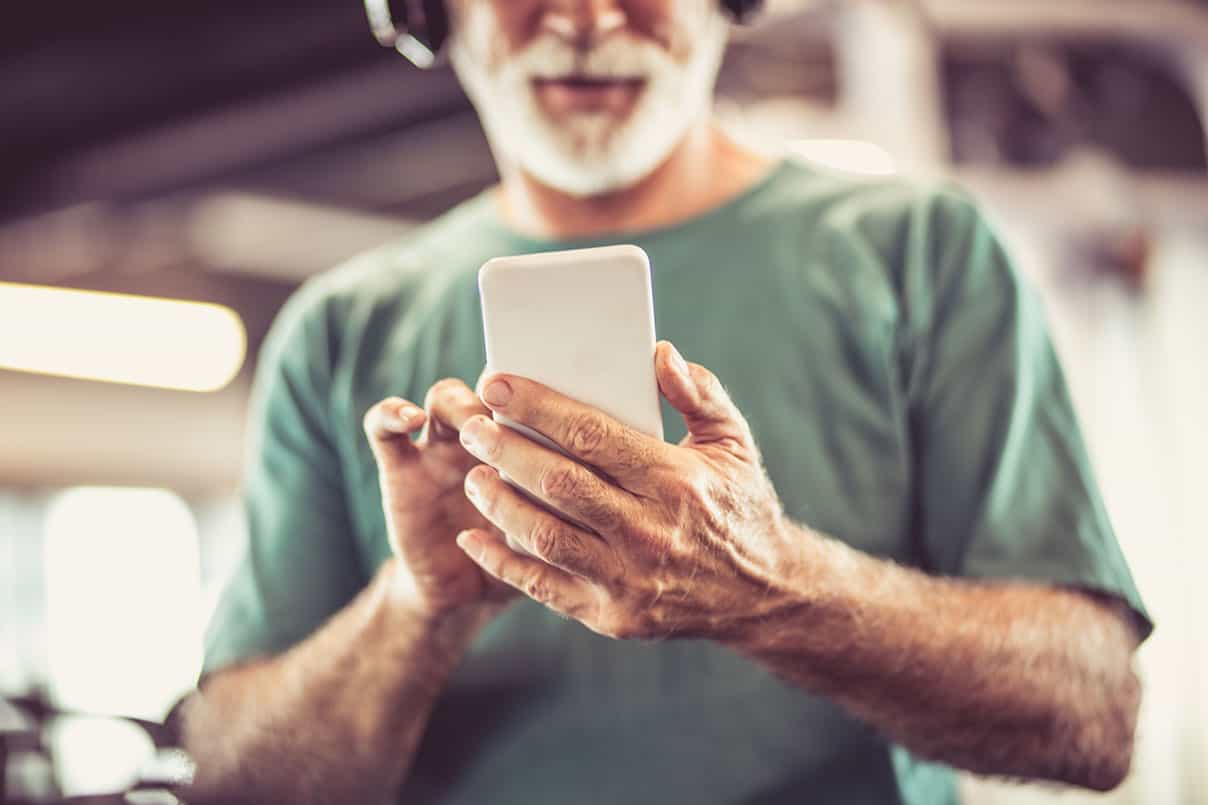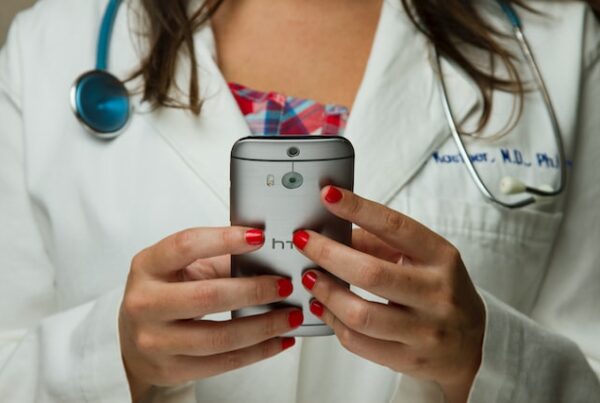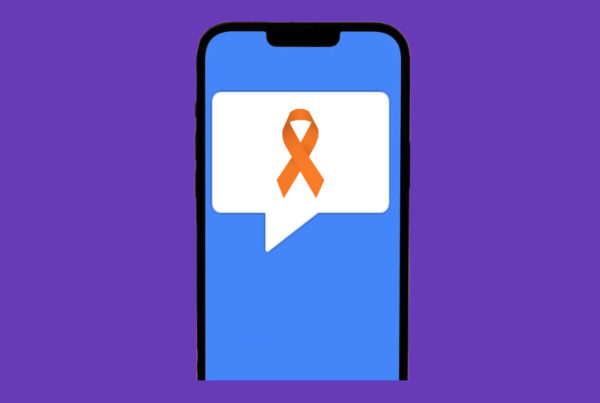Seniors and Text Messaging in Clinical Trials
A few years back we posted a still popular article called Text Messaging, Older Demographics and Clinical Research. It’s still a very popular post on our blog, but you know what’s even more popular? Text messaging and smart phone usage among older demographics. We don’t get asked by clients as much for evidence of older people texting, but it still happens.
So…we went and found some new research showing what is even less surprising than it was before: text messaging and mobile phone usage among senior citizens is officially mainstream. If you’re looking for a way to communicate efficiently with clinical trial participants of any age, text messaging is your friend. It is the most utilized feature on mobile phones and depending on which service you use, provides you with the ability to automate those communications to improve engagement, retention, and data collection efforts.
Here are the statistics and research to prove it…
“This year, two-thirds of respondents ages 55-75 reported ownership or ready access to smartphones, up from a slim majority (53%) in 2015.”
https://www.marketingcharts.com/digital/mobile-phone-81357
According to a Pew Research Center’s study, roughly 85 percent of seniors age 65 and older own a cell phone of some kind.
http://www.pewinternet.org/fact-sheet/mobile/
“Deloitte’s mobile consumer survey found that smartphone ownership among older Australians increased by almost 10 percent since last year.”
https://thenewdaily.com.au/life/tech/2017/11/21/seniors-smartphones/
There are many reasons why seniors enjoy using their smartphones. For many seniors, using a smartphone can result in easier communication, improved social networking, optimal medication management, and better navigation support.
http://samvednacare.com/blog/2017/02/13/8-reasons-why-senior-citizens-love-their-smartphones/
“There were 273 million active smartphones in use at the end of 2017, a 5.5x increase since 2009.”
https://www.telecompetitor.com/ctia-u-s-mobile-usage-includes-1-5-trillion-text-messages-and-15-7-trillion-mbs-of-data/
“Many marketers have adapted their approaches based on consumers’ clear preference for messaging experiences. In fact, the share of marketers currently using or pilot push notification and/or in-app messaging surged 37 percentage points from 2016 to 2017.”
https://blogs.gartner.com/noah-elkin/mobile-marketers-say-message-received/
“A substantial majority of Americans are cellphone owners across a wide range of demographic groups.”
http://www.pewinternet.org/fact-sheet/mobile/
“According to the Pew Research Center, 79 percent of cell phone owners send and receive text messages. In the United States, we send approximately 8.5 billion text messages every day, or about 32 messages per person, per day.”
https://www.asktelemarketing.com/blog/2018/3/15/4-reasons-your-customer-service-should-include-sms
“Roughly two-thirds of Americans ages 65 and older now get news on a mobile device (67%).”
http://www.pewresearch.org/fact-tank/2017/06/12/growth-in-mobile-news-use-driven-by-older-adults/
“A meta-analysis conducted on two studies using SMS for smoking cessation found significantly improved quit rates at six months.”
https://www.ncbi.nlm.nih.gov/pmc/articles/PMC4406229/
“Eighty-nine percent of patients said they want to manage their own healthcare and will need health technology access to do so. Primarily, patients want to use patient engagement technology to talk to or see their providers on a phone or tablet, manage their own medical records, and send email messages or images to their doctors.”
https://patientengagementhit.com/news/seniors-want-patient-engagement-technology-for-care-management






